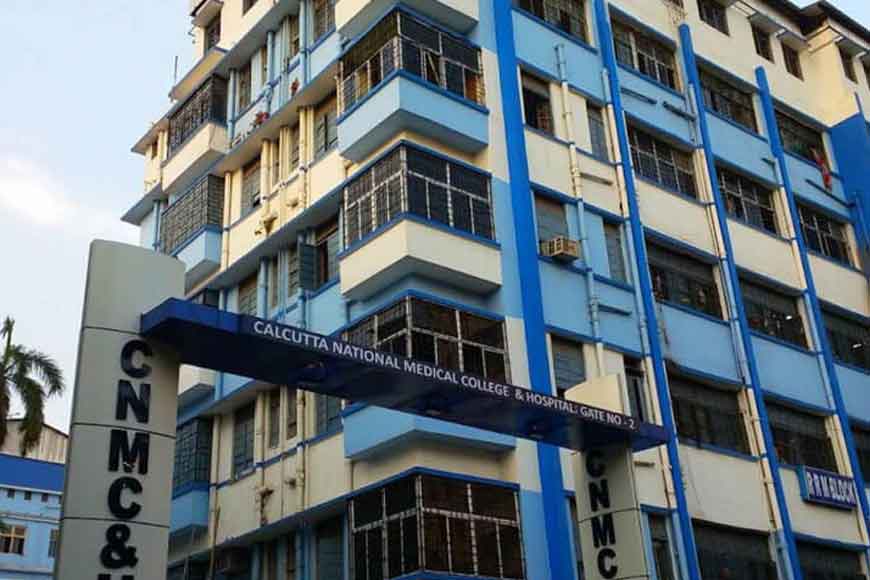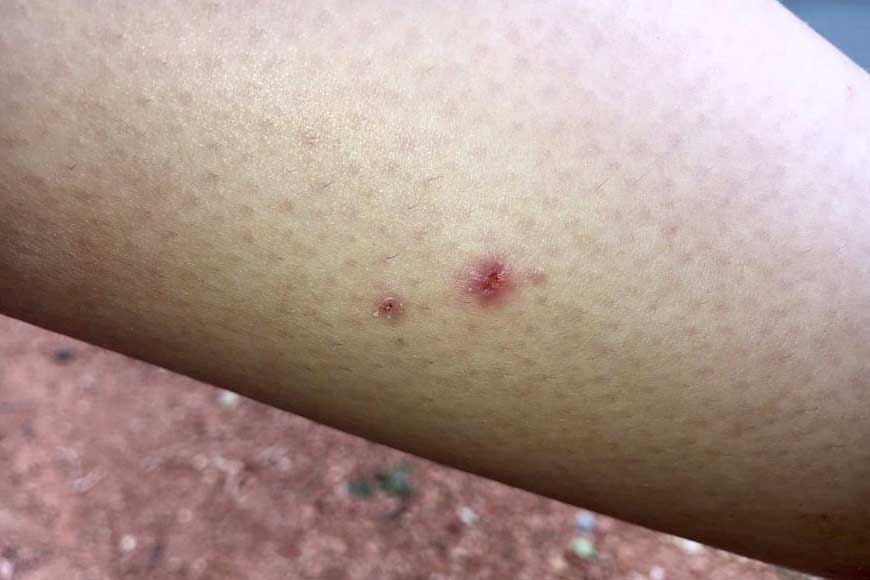National Medical College scripts history with first snake venom oral antidote

Calcutta National Medical College and Hospital is all set to script history with clinical trials of an oral antidote to snake bites. India is often called the land of snakes. Snakes are worshipped as gods even today with many pouring milk on snake pits. But unknown to many, India is likely the world’s snakebite capital. Under-reported and inadequately treated, fatalities in India are estimated at a staggering 50,000 annually, the world’s highest. Worse, snakebites are often neglected and the devastating consequences occur in mostly poor, rural communities that depend on farming and herding. In a majority of cases, victims are primary breadwinners of their households, so every death and disability contribute to the cycle of poverty.
Mr Snehendu Konar, the trial facilitator conducting the project in India said, ‘National Medical College and Hospital is the only centre in Eastern India selected for this project because it has the infrastructure to treat snakebite victims and gets the maximum number of patients suffering from snake bites.’
In collaboration with Ophirex Inc. USA, National Medical College researchers and doctors are conducting a research on Varespladib -- a promising oral treatment that fits the pocket, is stable, easy to use, and affordable, treating venom from many species. The enzyme inhibitor has proved to be effective through in-vitro lab studies and has saved mice and pigs dosed with venom. There’s a saying in snakebite care that ‘time is a major issue.’ The longer it takes to stop a snake’s venom from moving through the victim’s body, the more damage occurs. Destruction begins from the moment of a bite, and the cocktail of proteins and other molecules in the venom will continue to ravage until the immune system produces enough antibodies to remove or destroy those toxins. The problem is, by the time antibodies have ramped up, its often too late.

In 2017, the World Health Organization (WHO) officially recognized snakebites as a neglected tropical disease. That designation has led to an influx of funding for innovative research. Researchers are now turning to existing drugs to expand options for snakebite treatments. The idea of using drugs other than antibodies to inhibit venom toxins isn’t new. But it wasn’t until the molecular and genetic technology revolutions of the late 20th century that scientists could really deconstruct venoms to figure out which components are responsible for a venom’s worst effects.
In 2017, the World Health Organization (WHO) officially recognized snakebites as a neglected tropical disease. That designation has led to an influx of funding for innovative research. Researchers are now turning to existing drugs to expand options for snakebite treatments.
Researchers and herpetologists say it is unlikely that one drug, or even a combination, would be able to neutralize the diversity of harmful toxins present in snake venoms and work as effectively as traditional anti-venoms. But instead of replacing anti-venoms totally, the thrust is on to safely slow down the most pernicious venom toxins to buy patients time to get to a clinic. Varespladib, the new ‘magic’ drug could do wonders for the snakebite victim and revive him/her from the jaws of death. If the oral pill is administered to the victim soon after a snake bite, it would be able to neutralize the diversity of harmful toxins present in snake venoms and work as effectively as traditional anti-venoms.
Mr Snehendu Konar, the trial facilitator conducting the project in India said, ‘National Medical College and Hospital is the only centre in Eastern India selected for this project because it has the infrastructure to treat snakebite victims and gets the maximum number of patients suffering from snake bites.’ The initial trial will be on 72 volunteers, who will be put in two groups – the placebo group, comprising 36 participants will receive a pill that look like the drug or treatment being tested but is an inactive substance. The .test group will receive the experimental drug. Participants of both the groups will be under close scrutiny and their blood samples will be closely recorded and later studied elaborately to come to a concrete result. If it works, it could save tens of thousands of lives a year.











